5 public universities and 4 private schools have revenue of 1,000 billion VND or more, some other schools are approaching this level.
At the beginning of the 2023-2024 school year, most universities have made public their 2022 finances through the three public reports as prescribed by the Ministry of Education and Training , annual reports or enrollment plans.
There are 9 universities with revenue of thousands of billions, an increase of 4 compared to the 2020 data report of the Ministry of Education and Training. Of which, 5 public schools include Hanoi University of Science and Technology, Ho Chi Minh City University of Economics, Ton Duc Thang University, National Economics University and Can Tho University. 4 private schools include Van Lang University,FPT University , Nguyen Tat Thanh University and Ho Chi Minh City University of Technology.
Among these 9 higher education institutions, Van Lang University has the largest total revenue with 1,758 billion VND. Next is Ho Chi Minh City University of Economics with more than 1,443 billion VND.
FPT University reached nearly 1,300 billion VND last year. National Economics University has not yet released the official figure but is estimated to reach 1,061 billion VND. Last year, the school reached more than 1,087 billion VND.
Many schools have revenue approaching a thousand billion, such as Ho Chi Minh City University of Medicine and Pharmacy (985 billion VND), Hoa Sen (over 918 billion), Hong Bang International (886 billion), Ho Chi Minh City Technical Pedagogy (785 billion), Hanoi University of Industry (over 751 billion), Foreign Trade (over 750 billion).
Revenues of universities come from four sources: budget, tuition and fees, scientific research and technology transfer and other sources (sponsorship from businesses, philanthropists...). The common point of all universities is that tuition fees contribute the largest proportion of total revenue.
For example, at Ton Duc Thang University, tuition fees account for about 90.3% of total revenue. This figure is 79.5% at Hanoi University of Science and Technology; and 66.6% at Ho Chi Minh City University of Economics.
For private schools, this rate is even higher due to lack of budget investment. For example, at Nguyen Tat Thanh University, tuition fees account for 98.2%.
High total revenue helps schools develop staff, infrastructure and facilities, increase lecturers' income, and improve training and research quality.
As for lecturers' income, according to the report of the Ministry of Education and Training for the period 2018-2021, the percentage of lecturers with an income of over 200 million VND per year increased from 19.4% to 31.34%, and income of over 300 million VND increased from 0.75% to 5.97%.
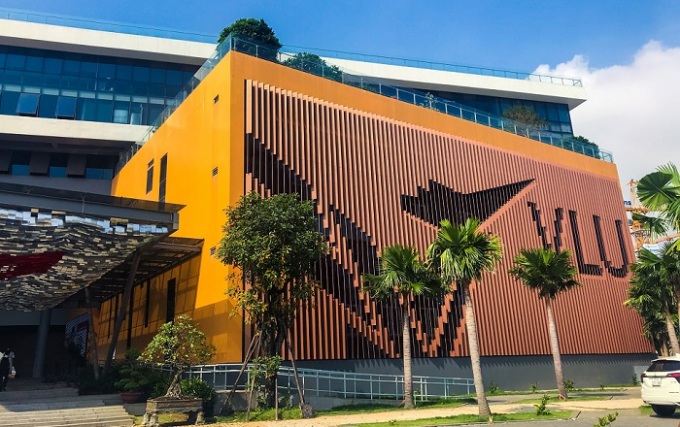
A corner of Van Lang University campus. Photo: Van Lang University Facebook
"High school revenue is a very good thing. However, if revenue increases due to depending mostly on tuition fees and thanks to continuous tuition increases, it is a bad sign," said Dr. Le Viet Khuyen, Vice President of the Association of Vietnamese Universities and Colleges.
Reporting at a conference on university autonomy in April, a team of World Bank experts presented data on household contributions to higher education after surveying a number of schools.
The results show that in 2017, the state budget accounted for 24% of the total revenue of the surveyed public schools; the contribution of students (tuition) was 57%. But by 2021, tuition accounted for 77%, the budget source was only 9%.
Public universities' revenues are increasingly dependent on tuition fees in the context of low budget spending on higher education (in 2020, it was about 0.27% of GDP). This reality is in contrast to countries with developed higher education.
In addition, in countries like the US and New Zealand, many schools have large sources of income from social activities, businesses, sponsors, scientific research and technology transfer...
"It is good news that universities' revenue from this activity increases," said Mr. Khuyen.
This expert also believes that schools should not arbitrarily increase tuition fees just for revenue purposes, but should base it on the average income of the people, avoiding causing inequality in university access for students from difficult circumstances.
Mr. Khuyen emphasized that it is not only by having a lot of money that quality can be improved, but it is also necessary to promote the combined strength, from the school's management mechanism to effectively allocating the budget.
As of August 2022, 141 out of 232 schools nationwide are eligible for autonomy under the provisions of the Law on Higher Education. Depending on the level of autonomy, schools will have their budget investment partially or completely cut, causing tuition fees to account for 50-90% of total revenue.
Source link






![[Photo] Hanoi morning of October 1: Prolonged flooding, people wade to work](https://vphoto.vietnam.vn/thumb/1200x675/vietnam/resource/IMAGE/2025/10/1/189be28938e3493fa26b2938efa2059e)




















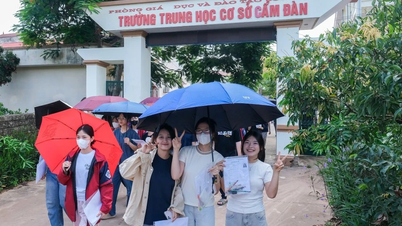










![[Photo] President Luong Cuong receives President of the Cuban National Assembly Esteban Lazo Hernandez](https://vphoto.vietnam.vn/thumb/1200x675/vietnam/resource/IMAGE/2025/9/30/4d38932911c24f6ea1936252bd5427fa)
![[Photo] Panorama of the cable-stayed bridge, the final bottleneck of the Ben Luc-Long Thanh expressway](https://vphoto.vietnam.vn/thumb/1200x675/vietnam/resource/IMAGE/2025/9/30/391fdf21025541d6b2f092e49a17243f)





















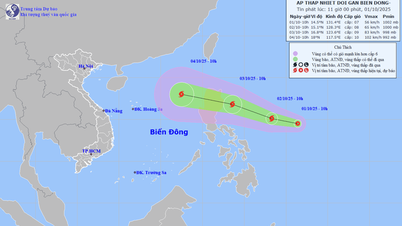
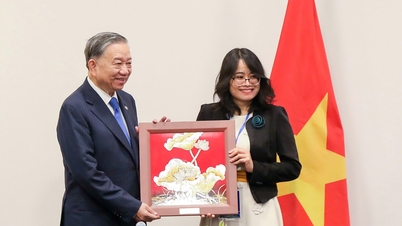

















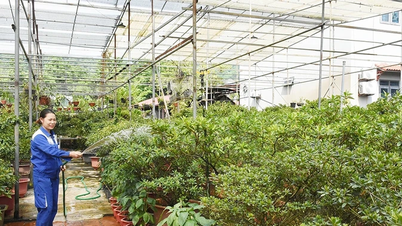

















Comment (0)